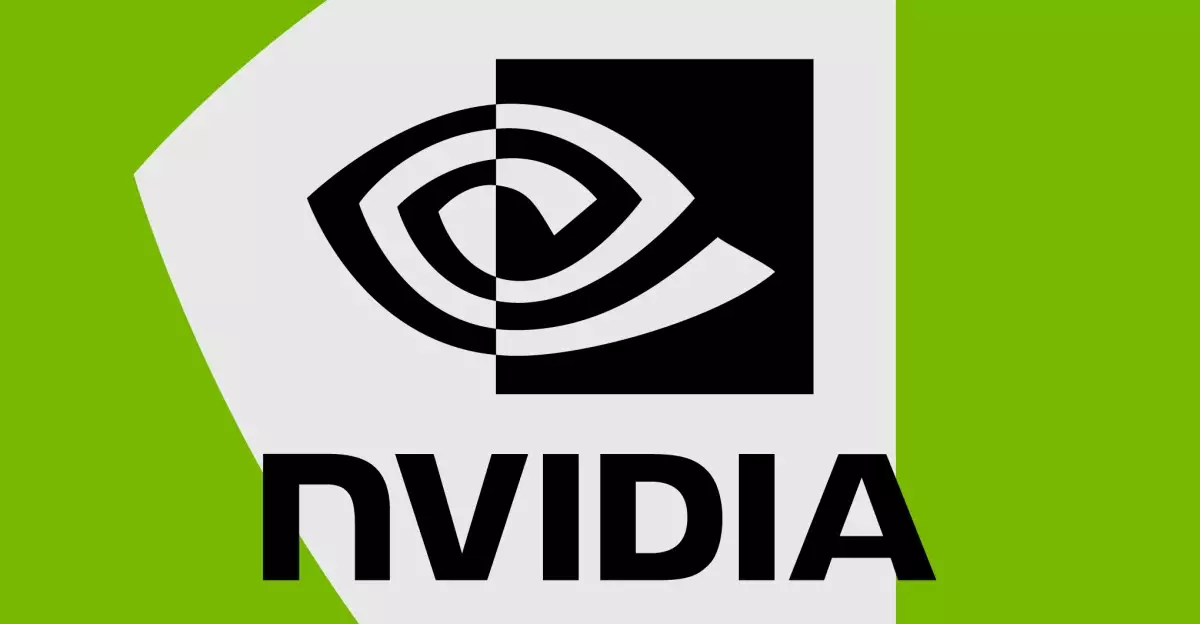For loyal Nvidia GPU users, the past few months have felt like an endless cycle of frustration and disappointment. A flurry of new driver releases and hotfixes has done little to alleviate the mounting problems that have surfaced since the debut of the RTX 50-series graphics cards. While Nvidia has long been recognized as a leader in the graphics market, the current situation raises serious concerns about the reliability of their software. As we delve deeper into the issues plaguing Nvidia, it’s evident that a substantial shift is necessary in how they approach driver stability and customer support.
A Timeline of Turmoil
The troubles began conspicuously in January with Nvidia’s release of driver updates intended for the RTX 50-series. Conspicuously, these updates introduced severe complications such as black screens, persistent game crashes, and alarming stability issues that affected both new and legacy systems. Experienced users quickly turned to community forums like Reddit and Nvidia’s support channels for solutions, finding themselves largely suggested to revert to the December driver—version 566.36—before the problematic updates took hold. Unfortunately, many gamers with the new RTX 50-series GPUs found themselves locked out of this fallback solution, as these older drivers do not support the new architecture.
The inability to roll back to stable drivers represents a significant oversight by Nvidia; one would expect a company with their expertise to anticipate potential pitfalls in the release of hardware-dependent software. Instead, we’ve seen a band-aid approach, with multiple hotfixes rolling out in quick succession that often seem to fix one problem while intensifying another.
Hotfixes: A Patchwork of Inconsistency
The recent release of the 576.02 driver was met with cautious optimism, as it aimed to rectify numerous issues reported by users. However, this optimism quickly evaporated when users realized that the new driver exacerbated existing problems with GPU monitoring utilities and introduced unexpected performance dips. Nvidia’s response—a subsequent hotfix in the form of the 576.15—addresses some of the more urgent complaints, including erratic GPU clock speeds and flickering in certain games.
Yet even with the latest hotfix, reports of game crashes, stuttering, and poor performance in G-Sync environments are still rampant. The fact that at least 15 unresolved issues with the 576.02 driver are under Nvidia’s radar illustrates a concerning trend: Nvidia’s drivers are no longer the gold standard they once were. The frequent need for hotfixes, especially within such a short time span, reveals a troubling decline in quality assurance processes that were once a point of pride for the company.
Market Stresses and Consumer Response
Compounding the technical issues is the context of the RTX 50-series launch itself, which suffered from its own controversies. In addition to the dire software issues, reports of RTX 5090 power cables melting raised eyebrows and prompted scrutiny, while the acknowledgment of a “rare” manufacturing issue affecting certain GPUs only served to further erode trust. With the cards often being sold at inflated prices and remaining scarce on retail shelves, many consumers feel that Nvidia’s missteps are emblematic of a company that is increasingly out of touch with its hardcore gaming community.
Understanding the anxiety that accompanies investing in next-gen GPU technology, it is disheartening to witness a brand that once commanded respect falter so considerably. Customers are not just disillusioned; they’re also vocalizing their frustrations in forums and on social media, which signals the potential for long-term damage to Nvidia’s reputation if these issues persist unaddressed.
The Path Forward
Nvidia stands at a crossroads, faced with diminishing customer trust and intense scrutiny. To reclaim its status as an industry leader, the company must prioritize a return to robust software quality and customer-centered support. This involves not only resolving the current mess but also establishing more transparent communication channels with users about updates and fixes. Given the competitive landscape, Nvidia must adapt quickly or risk ceding ground to rivals who may capitalize on their missteps.
In a market where gamers expect seamless and stable experiences, the task at hand is daunting, but it is not insurmountable. The gaming community is hopeful that Nvidia will rise to the occasion, turning this chaotic chapter into a learning experience for the future.


Leave a Reply